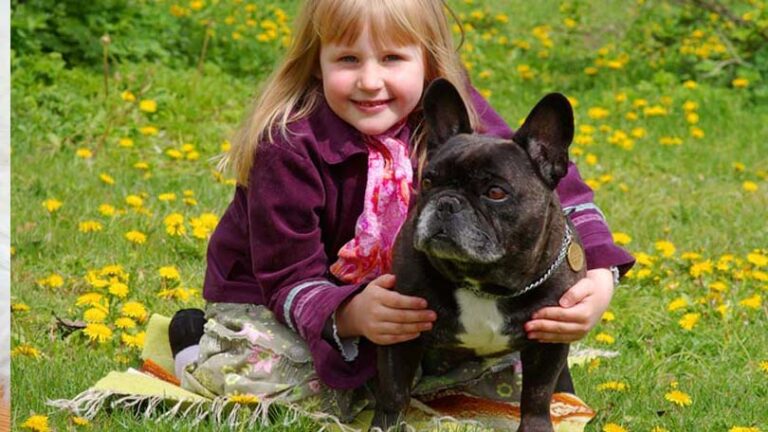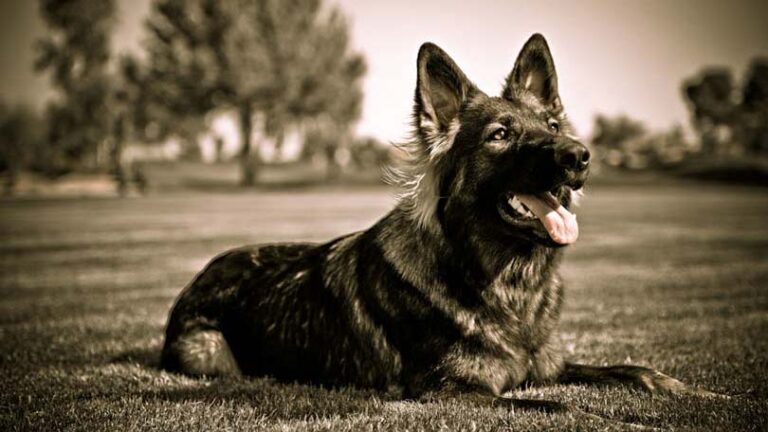Climate-Specific Care: Adapting Your Dog Care Routine for Different Weather Conditions
As caring pet owners, we always strive to ensure that our dogs are comfortable and healthy, regardless of the weather conditions. However, different climates pose unique challenges that require adaptation and extra care in our pet care routines. Let’s explore how to modify your dog care regime according to the prevailing weather conditions.
Understanding Dogs’ Natural Adaptation
Before diving into the specifics of climate-adapted care, it’s important to understand that dogs, like all animals, have some level of natural adaptability to changing weather. Their fur provides some protection against the elements, and their bodies can adjust to a certain extent to cope with temperature fluctuations. However, this natural adaptability has its limits, especially with domesticated dogs that may not be as hardy as their wild counterparts.
Adapting to Cold Weather Conditions
Cold climates can be harsh and pose significant risks for dogs, particularly for those with short coats, small bodies, or low body fat.

Keeping Your Dog Warm
In cold weather, maintaining your dog’s body temperature is critical. Invest in doggie sweaters, jackets, or booties for added warmth, especially for breeds prone to the cold. Make sure any clothing fits well and doesn’t restrict movement.
Hydration and Nutrition
Cold weather can cause dogs to burn more calories to keep warm, necessitating an increase in their food intake. Always ensure your dog is well-fed and has access to unfrozen water. Use a heated water bowl if necessary.
Protecting Paws
The presence of snow, ice, and salt on roads can damage your dog’s paw pads. Consider using dog booties or a protective wax. Always clean your dog’s paws after walks to remove ice and harmful chemicals.
Indoor Exercises
When temperatures plunge, consider moving exercise indoors. Play games or use treadmills designed for dogs to keep them active and healthy.
Adapting to Warm Weather Conditions
Warm or hot weather, particularly in summer, also presents specific challenges. Overheating and dehydration can be severe problems.

Keeping Your Dog Cool
Always ensure your dog has access to shade and plenty of fresh water. Consider using fans, air conditioning, or cooling mats to help your dog stay comfortable. You can also use a doggie pool for fun and cooling off.
Early Morning and Late Evening Walks
To avoid the intense midday heat, try to only go on walks in the early morning or late evening. Check the pavement temperature before your walk – if it’s a little too warm or hot for your hand, it’s a fair indication that it’s the same for your dog’s paws.
Watch Out for Heatstroke
Dogs can easily suffer from heatstroke. Signs include heavy panting, excessive drooling, and lethargy. If you suspect your dog has suffered heatstroke, cool them down gradually and contact your vet immediately.
Adapting to Wet Weather Conditions
Rain or high humidity can also affect dogs, causing discomfort and potential health issues.
Proper Grooming
Regular grooming helps keep your dog’s coat in good condition, which is especially important in wet weather. A matted coat can retain moisture, leading to skin infections. Use appropriate dog raincoats for outdoor activities.
Indoor Playtime
During periods of persistent rain, arrange for indoor playtime and exercises to keep your dog active and entertained.
Paw Care
Dampness can lead to cracked paws or fungal infections. Keep your dog’s paws dry and clean, and consider using a paw moisturizer if necessary.

Adapting to Changing Seasons
Dogs can struggle with abrupt changes in weather, such as transitioning between seasons. Helping your dog acclimate gradually, staying aware of their comfort level, and adjusting your care routines can ease these transitions.
In addition to modifying care routines according to weather conditions, establishing a secure and weather-appropriate outdoor space for your dog is equally important. Fencing plays a significant role here, serving not only as a boundary marker and security measure but also as a climate-adaptive tool in your pet care arsenal.
Protection and Confinement
Fences, both physical and otherwise, help to confine your pet to your yard, keeping them safe from traffic, other animals, and possible hazards outside your property. In harsh weather conditions, a physical fence can also act as a barrier to certain elements. For instance, solid fencing can provide some protection from wind and blowing snow in cold climates, or intense sunlight in hot climates.
Invisible Fencing and Training
When traditional fencing isn’t an option, invisible dog fencing systems can be a valuable alternative. This method involves the use of a buried wire, a transmitter, and a collar worn by the dog. If the dog approaches the boundary, the collar emits a warning sound, followed by a mild static correction if they continue.
For climate-specific care, invisible fencing can help keep your dog within safe areas during different weather conditions. Training your dog to respect these boundaries is essential. Start in good weather so your dog can focus on learning, then gradually expose them to different conditions while reinforcing the boundaries.
Shade and Shelter
Regardless of the type of fence you have, in warmer climates, it’s essential to provide plenty of shade for your dog. For those with physical fences, these, especially those combined with overhead elements or those that support climbing plants, can provide valuable shaded areas.
In wet weather, you can equip your outdoor area with waterproof shelters or even a doghouse for your pet to stay dry, regardless of the type of fencing you use.
Climate-Specific Considerations
When choosing physical fencing, consider the climate and weather patterns of your area. For instance, in regions with high winds or frequent storms, sturdy materials that can withstand such conditions would be best. If you live in a cold area, consider a high fence that can block wind and snow.
Ventilation is crucial in hot climates, so a fence that allows air to circulate freely, like chain-link or picket fences, might be more suitable. However, do consider privacy and your dog’s ability to escape or get entangled before settling on a design.
Adaptability
Regardless of the type of fence, your outdoor area should be adaptable. As seasons change, you may need to adjust the setup. Temporary shades, tarps, or panels can be added or removed according to the weather.
Providing Stimulation
Finally, remember that dogs need mental as well as physical stimulation. Outdoor spaces should offer opportunities for play and exploration. By combining your fence with other features, such as raised beds or tunnels, you can create a stimulating environment that helps keep your dog entertained, regardless of the weather.
Investing in a well-designed fence, whether physical or invisible, and providing climate-specific training can significantly enhance your dog’s comfort and safety. Combined with the other weather-adapted care strategies discussed, it’s another step in ensuring your pet’s well-being, come rain or shine.
Regular Vet Visits
Regardless of the weather conditions, regular veterinary check-ups are vital. Seasonal issues like allergies, parasites, or skin conditions can be addressed promptly with regular vet visits.
Understanding and adapting your care routine to the climate can significantly enhance your dog’s comfort and well-being. With the right preparation and knowledge, you can ensure that your furry friend stays happy and healthy, no matter the weather.

Having discovered a fondness for insects while pursuing her degree in Biology, Randi Jones was quite bugged to know that people usually dismissed these little creatures as “creepy-crawlies”.







